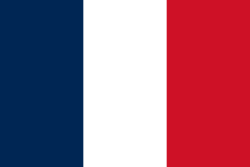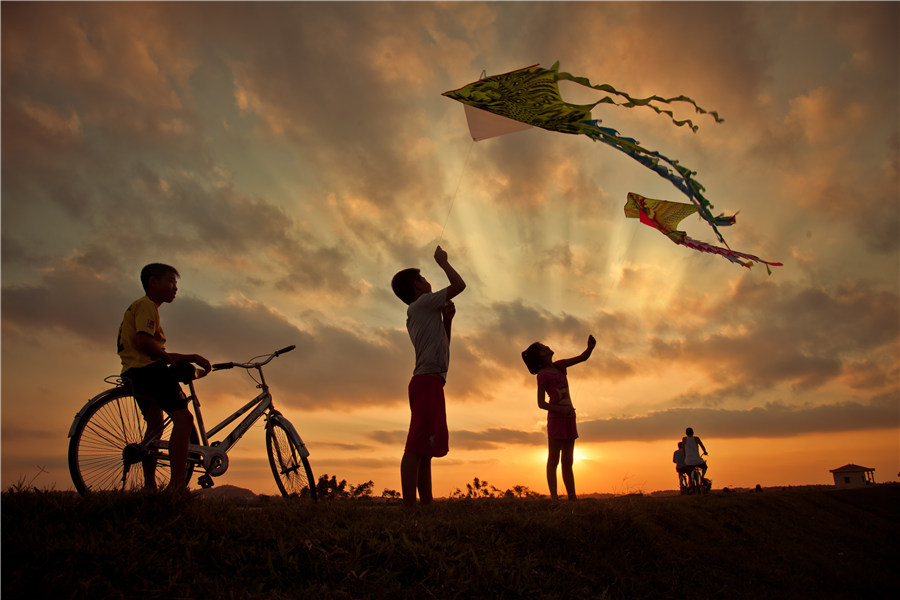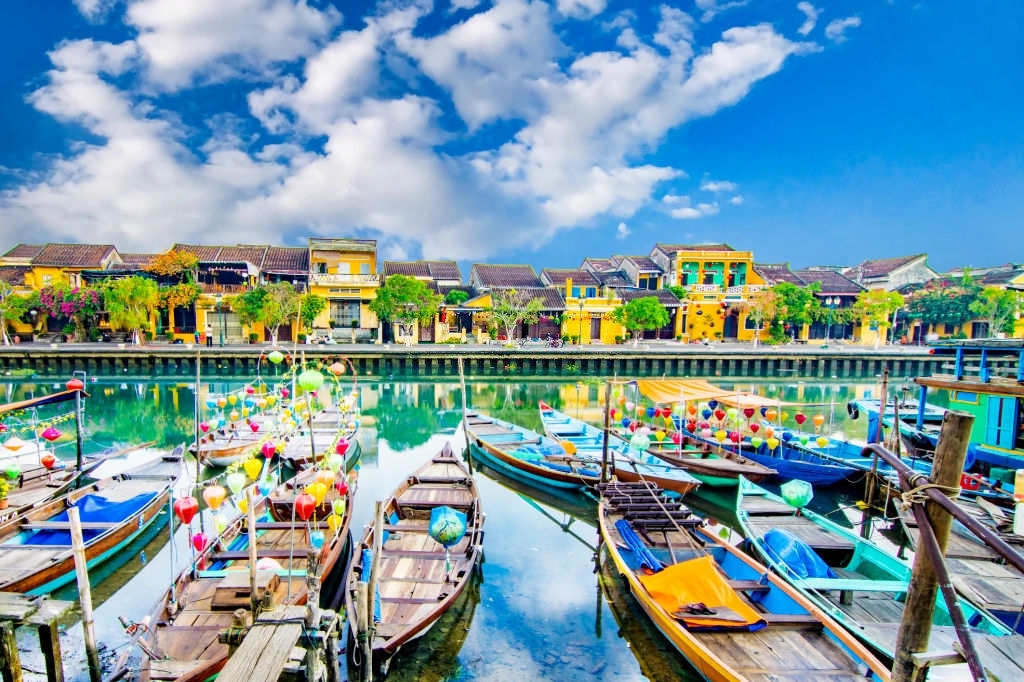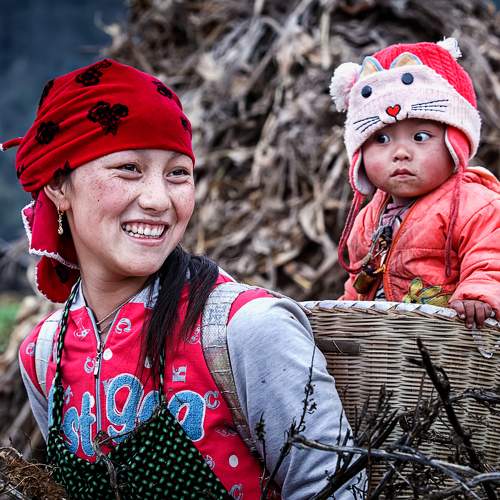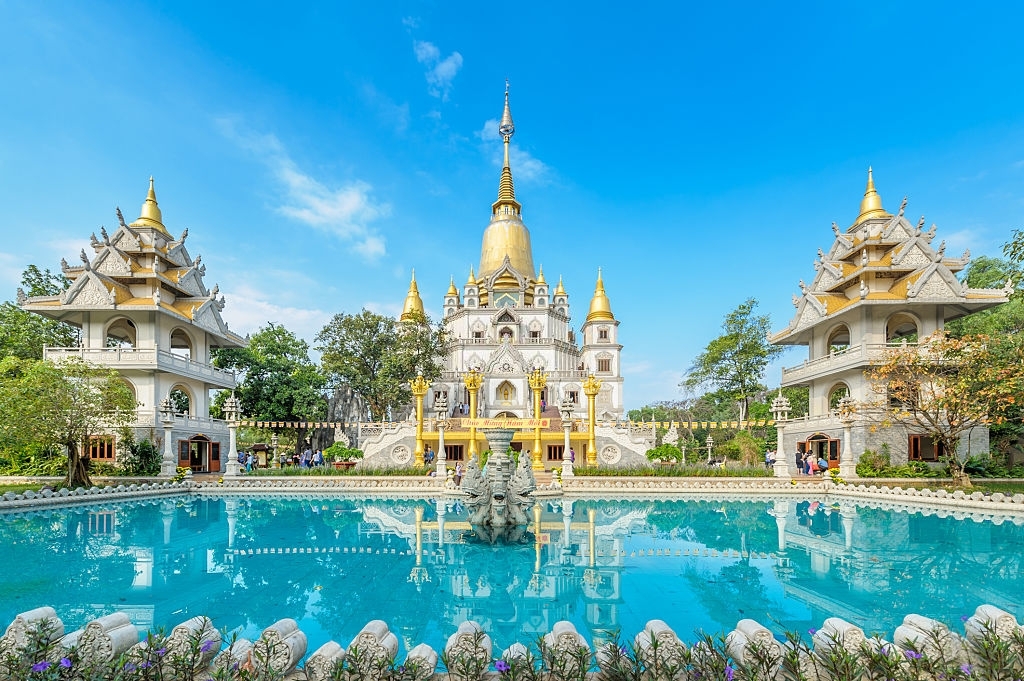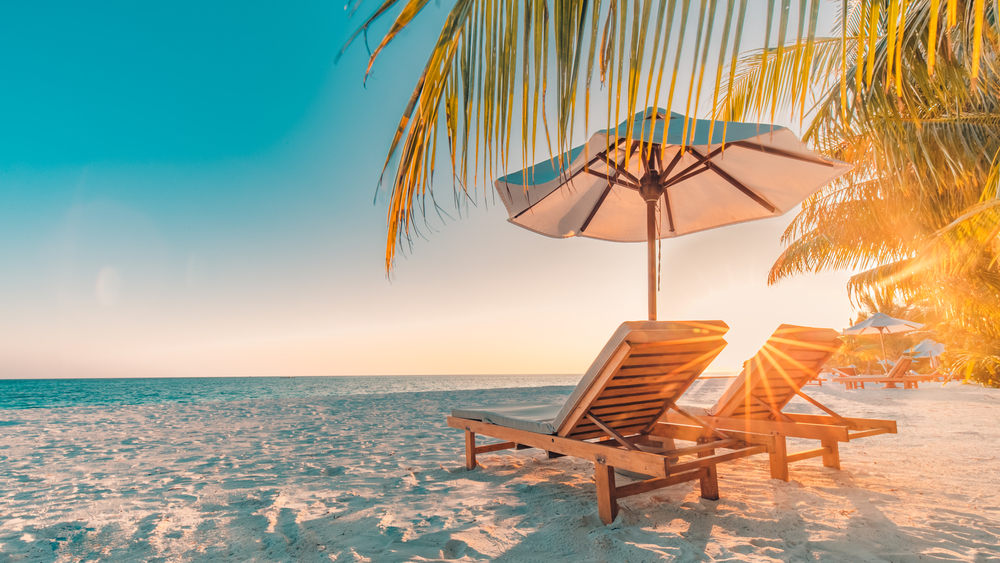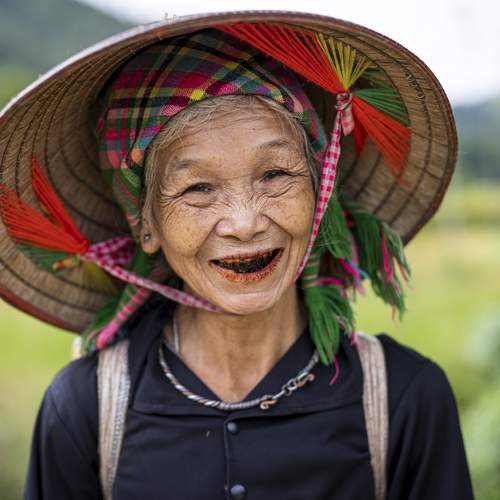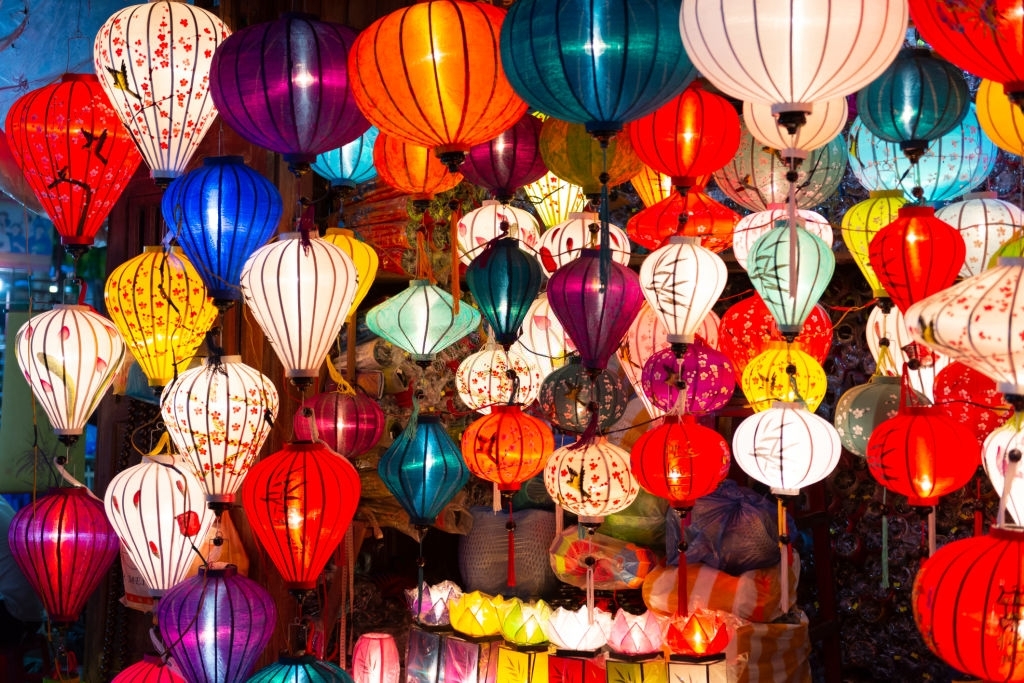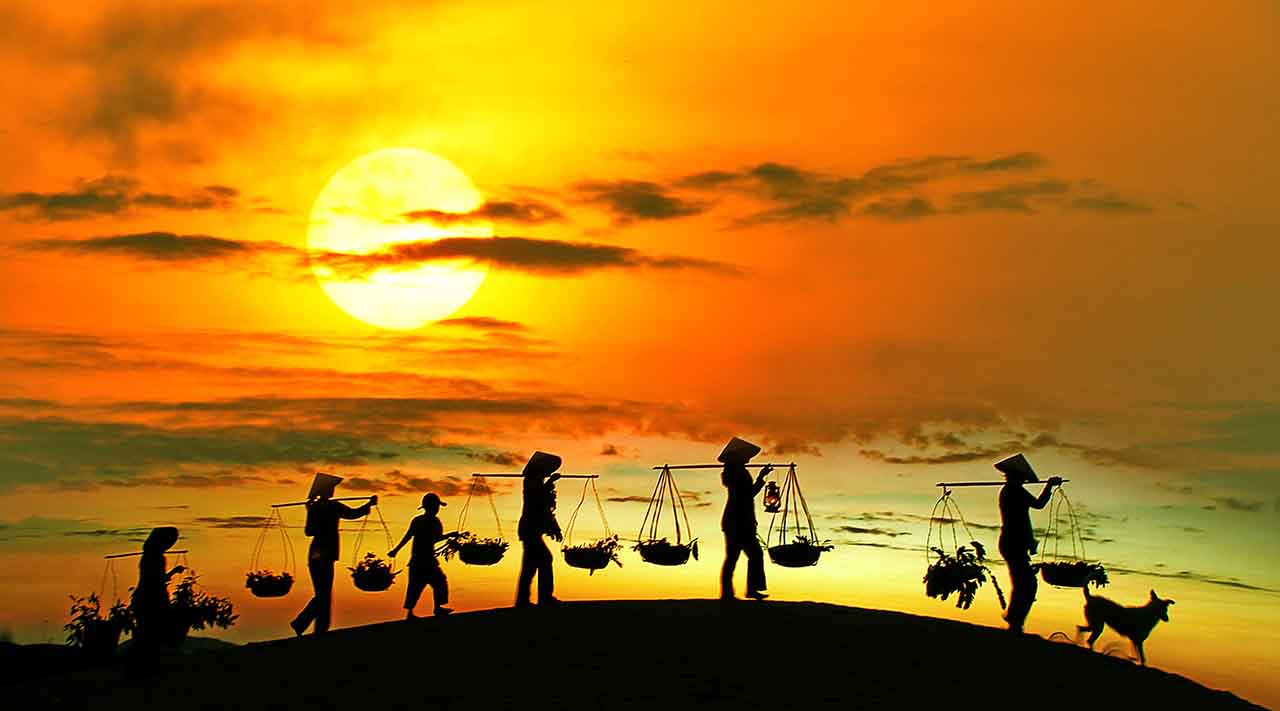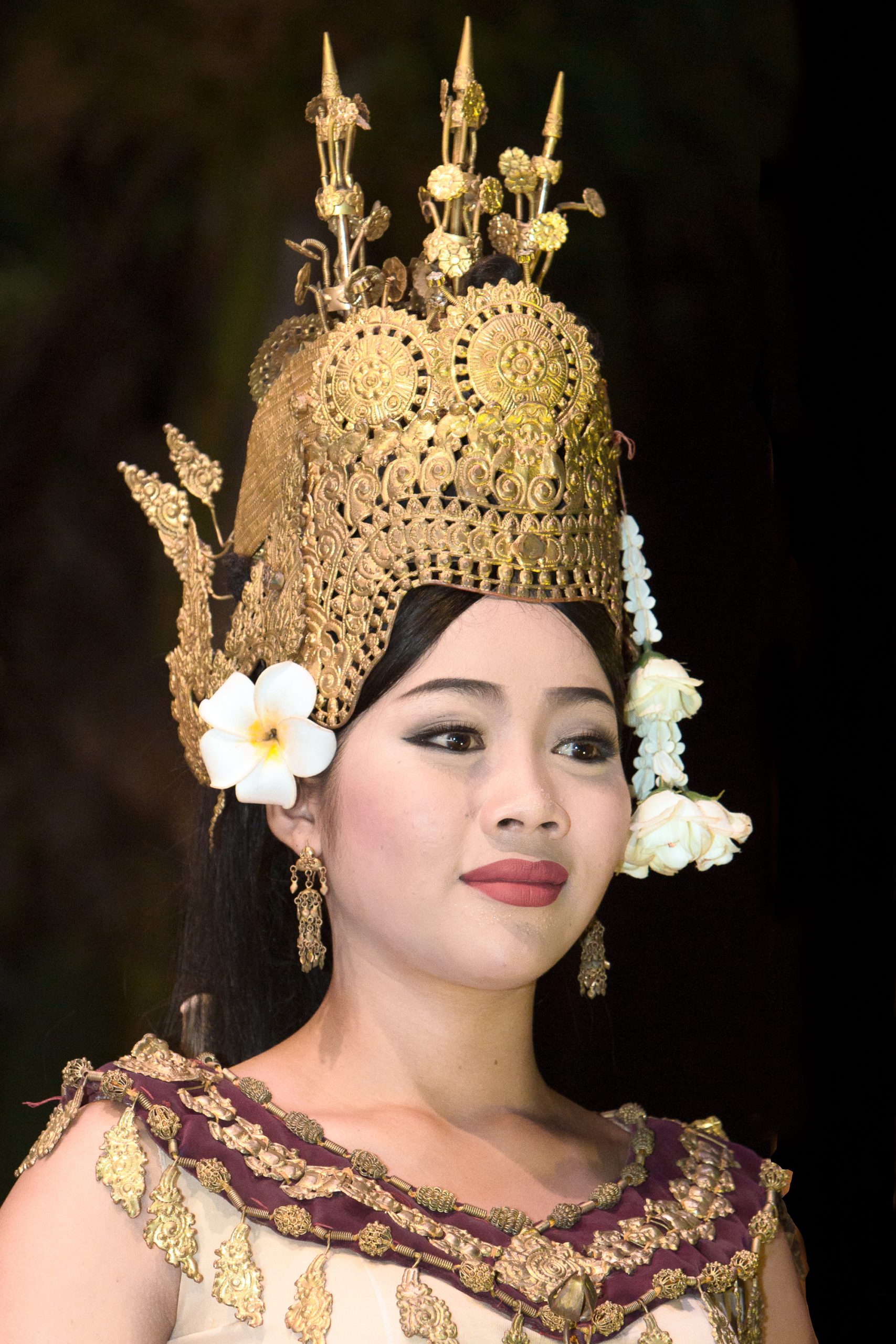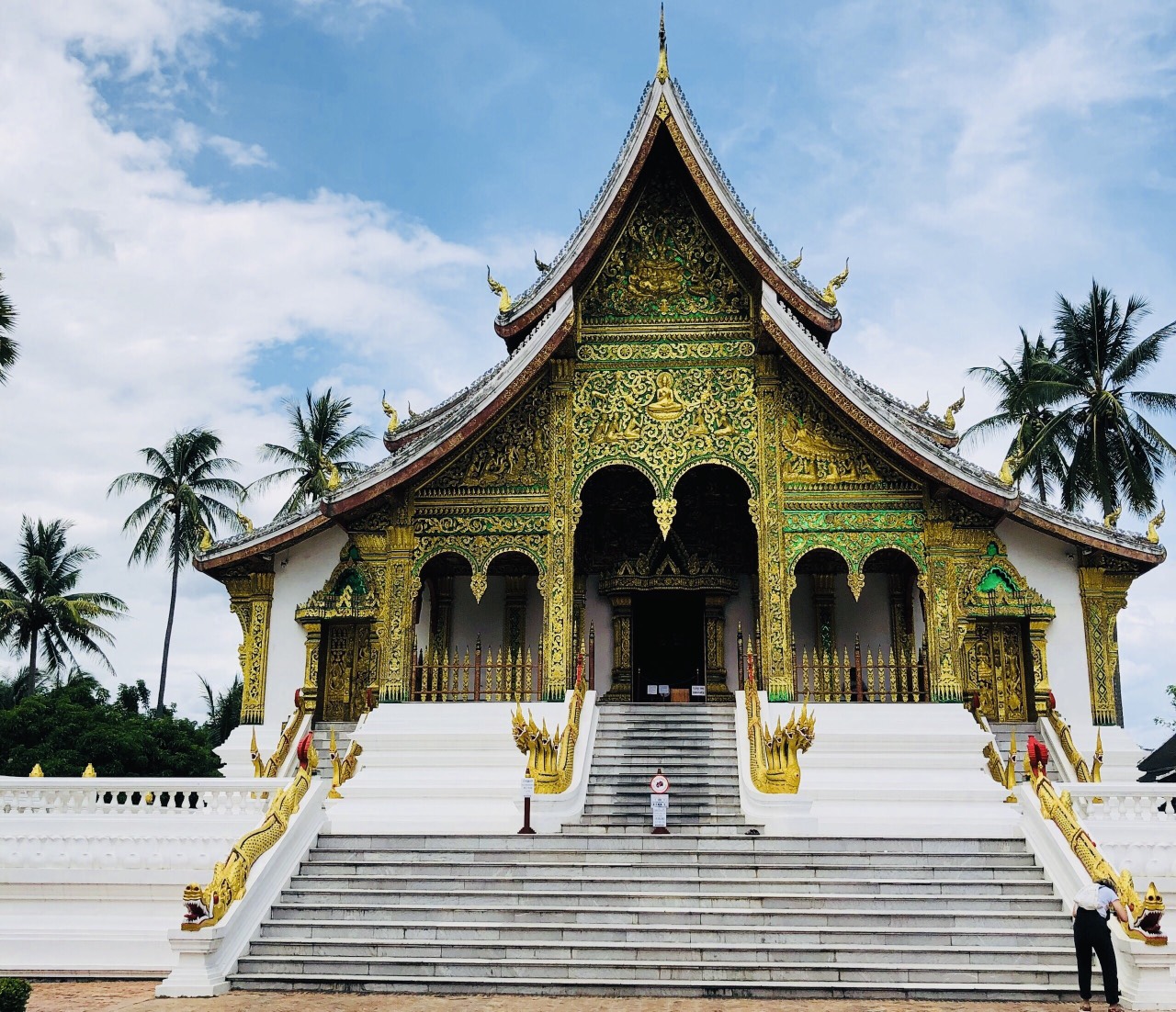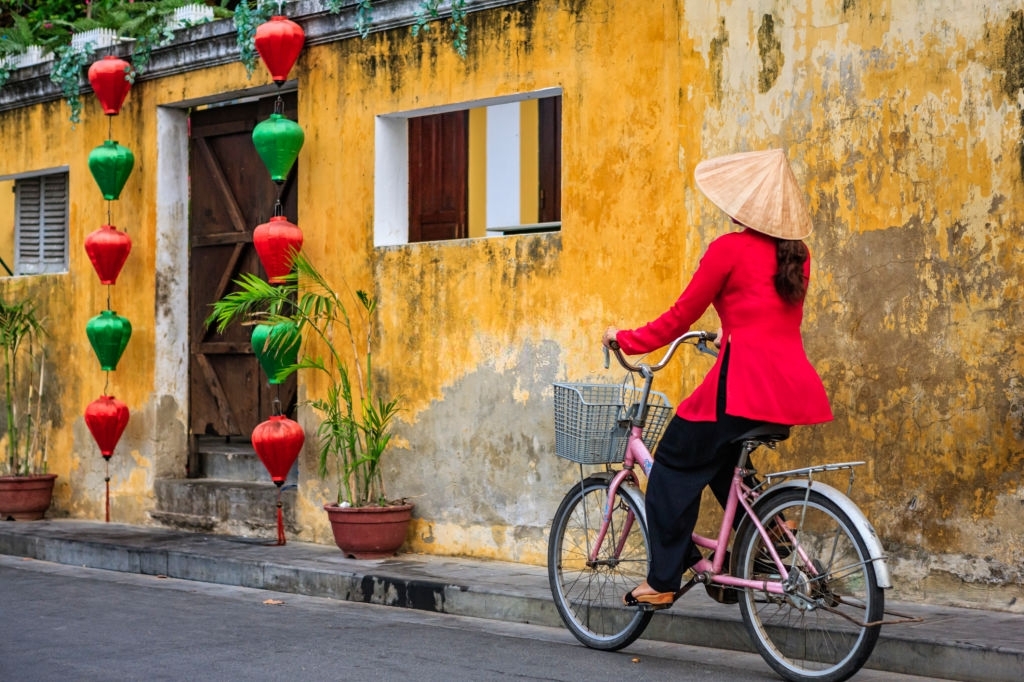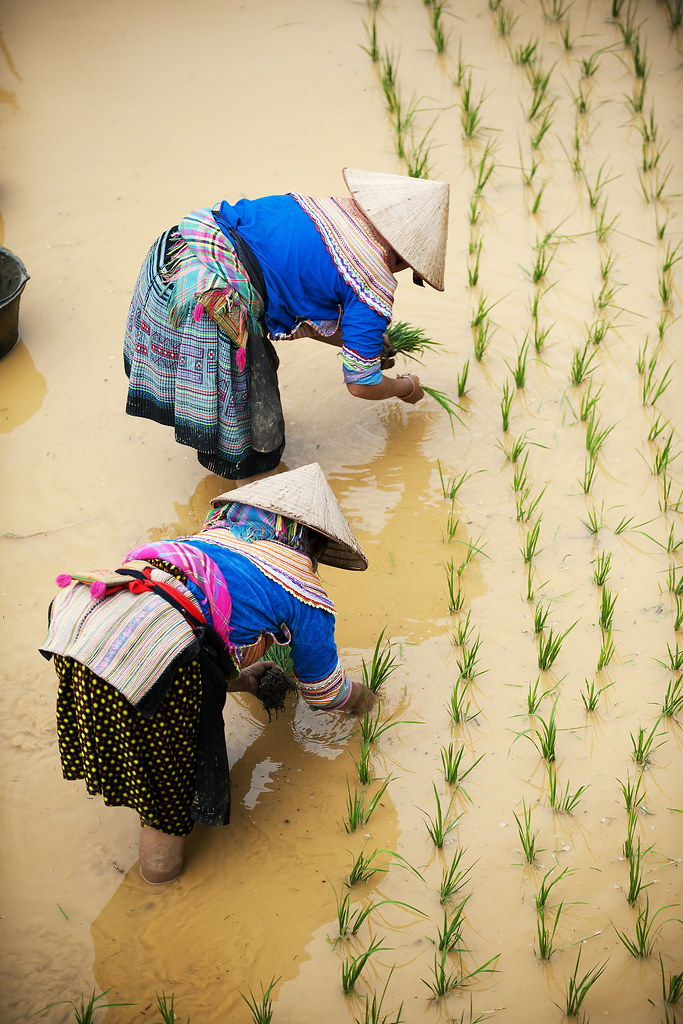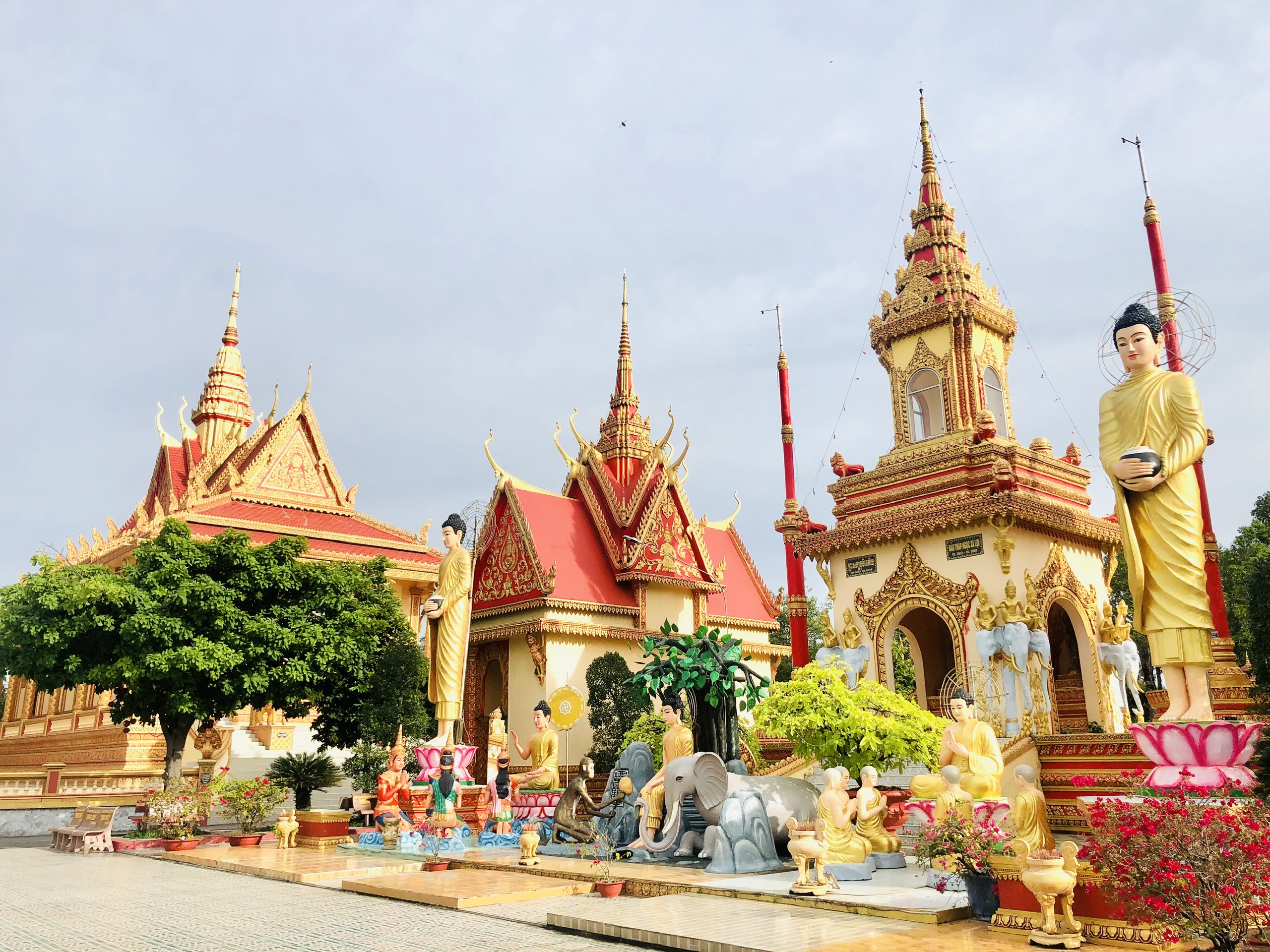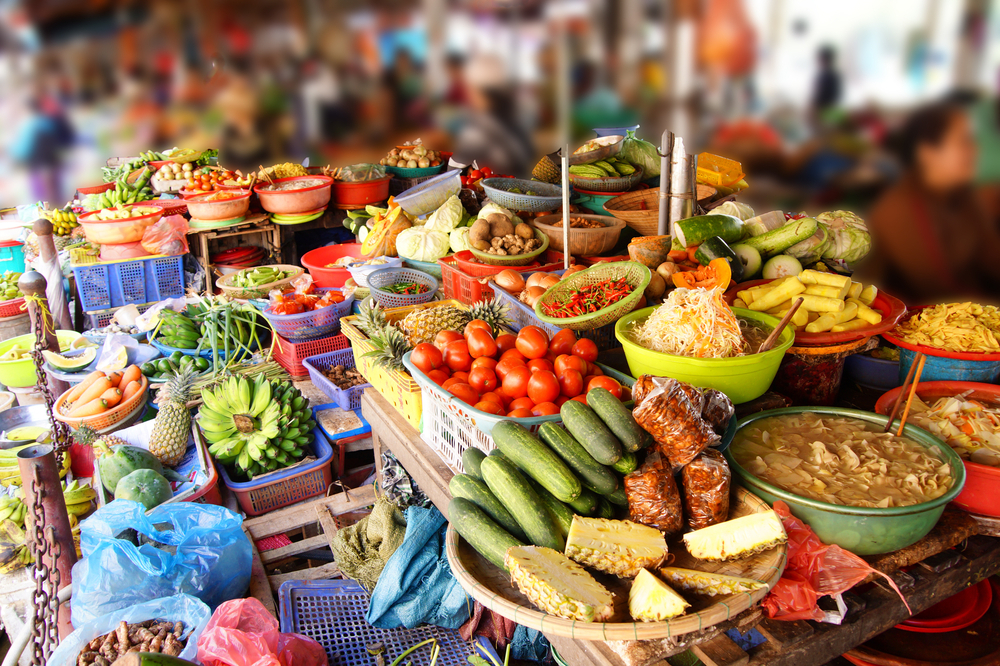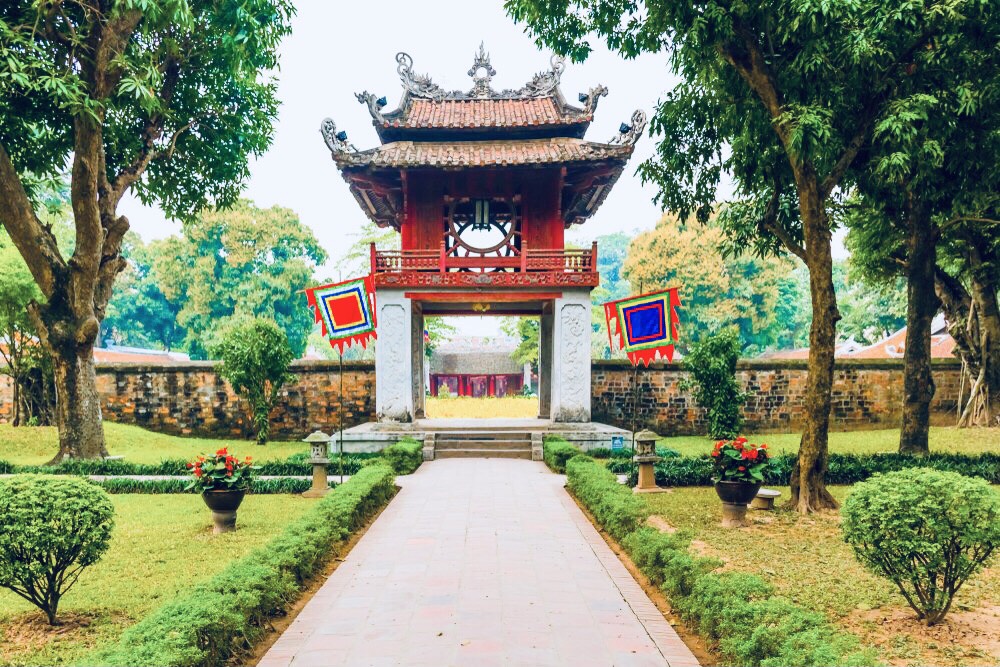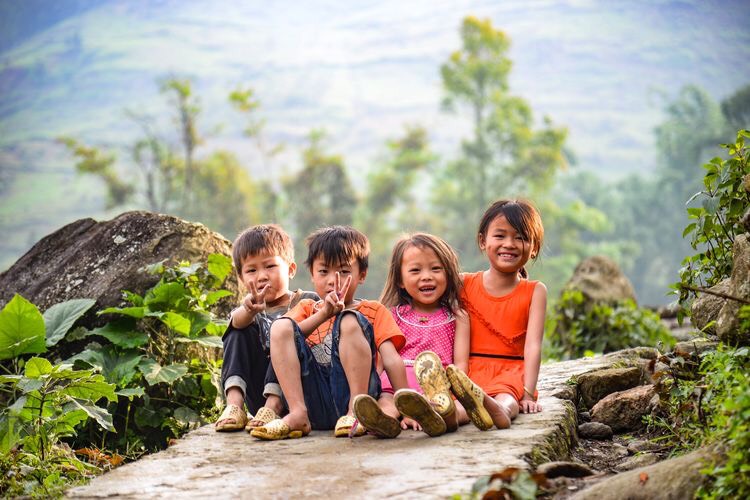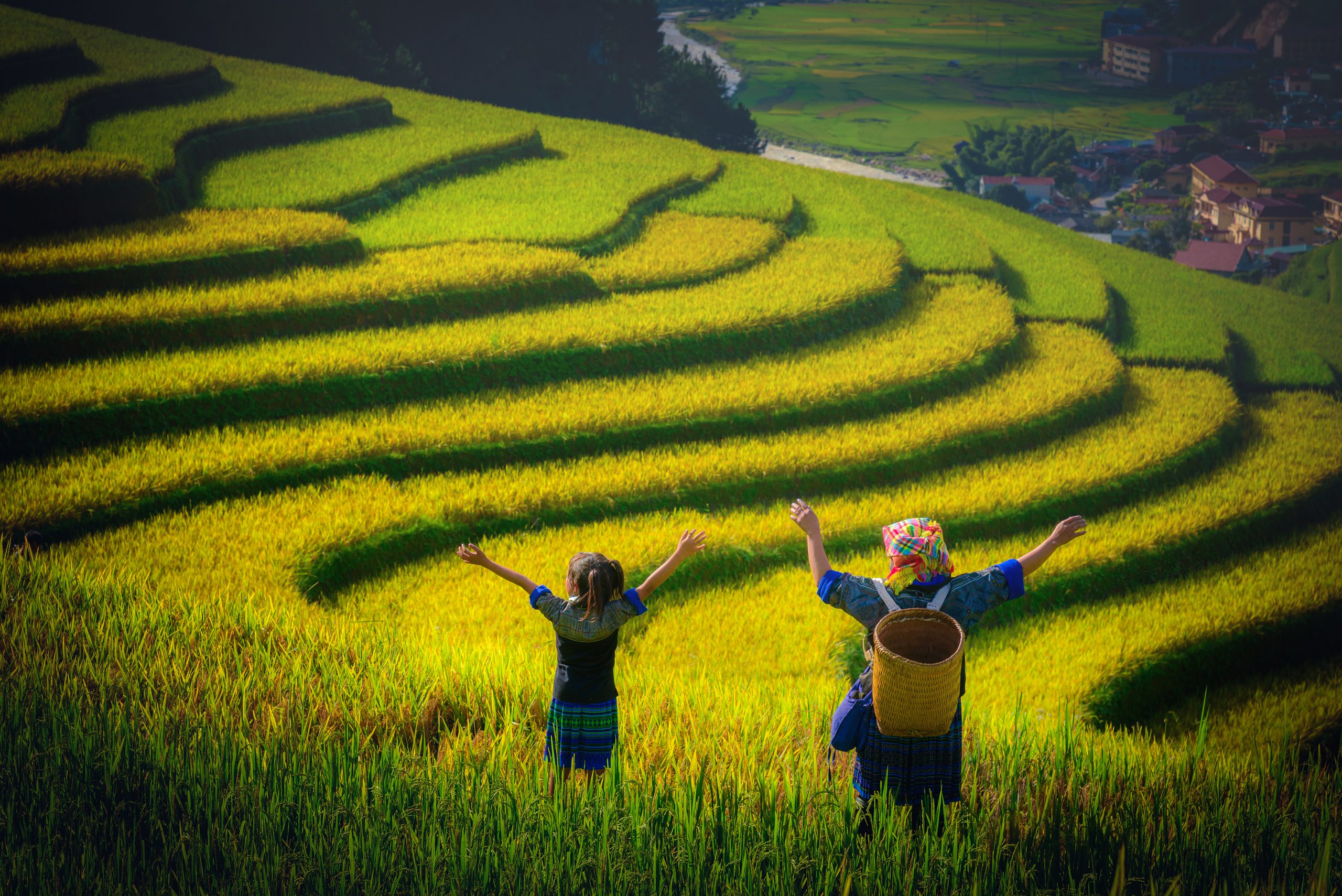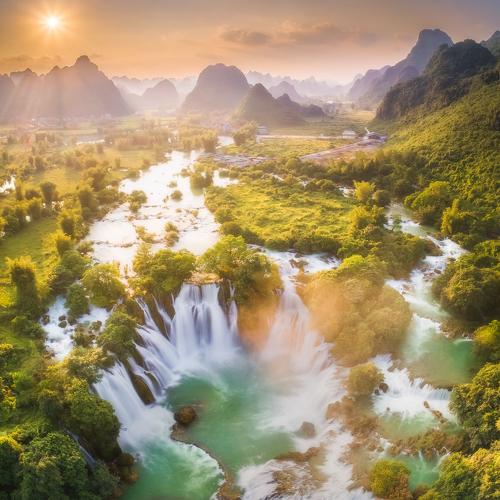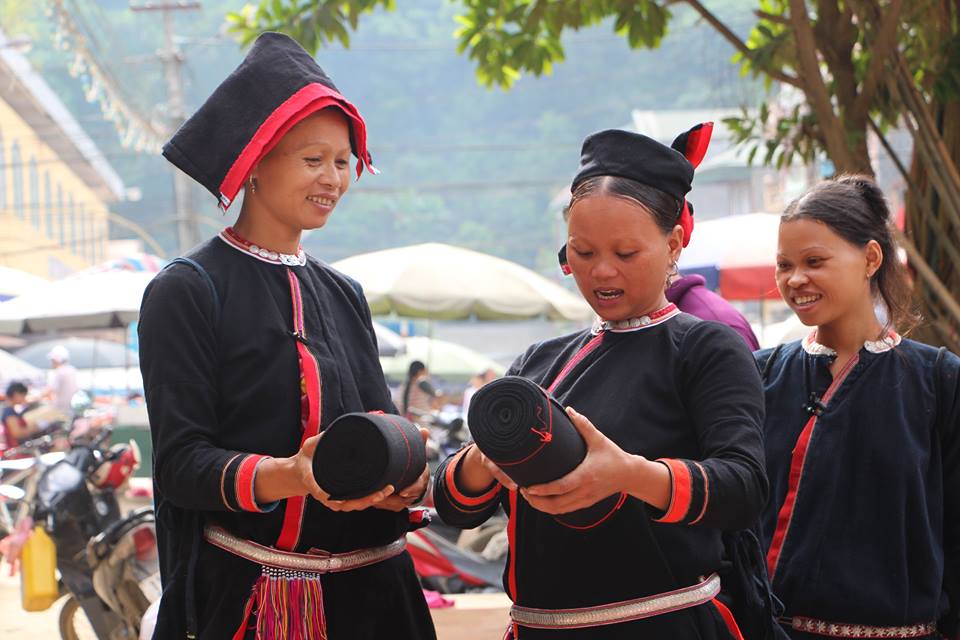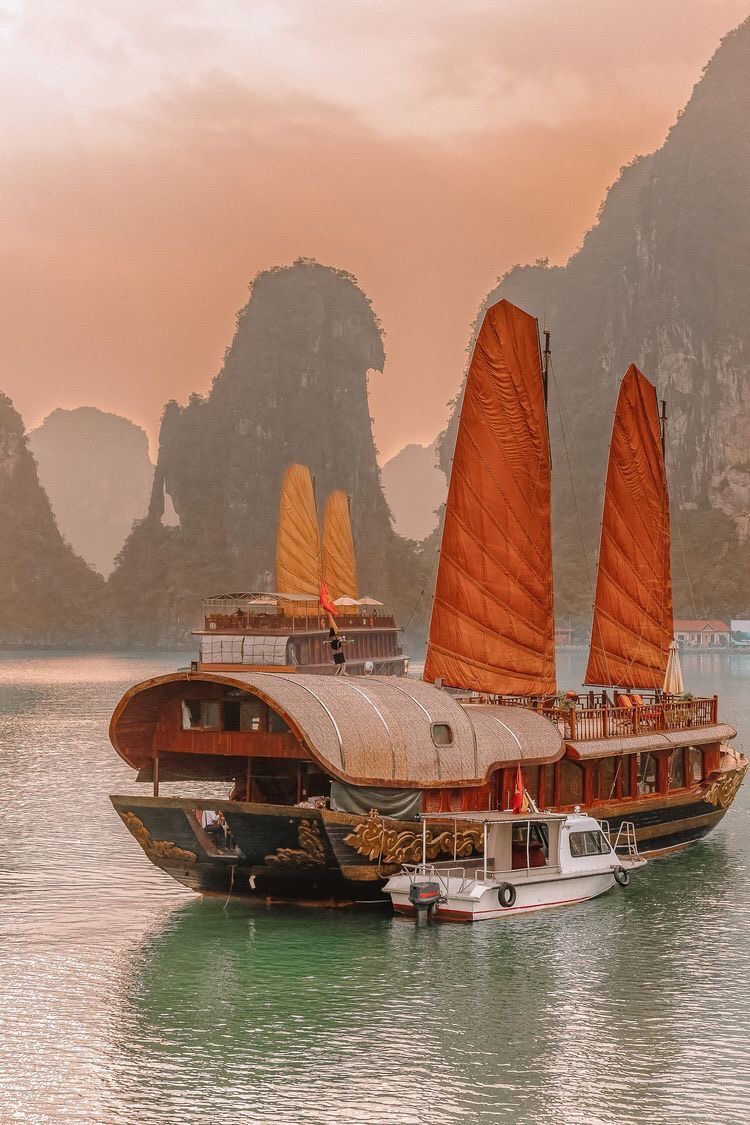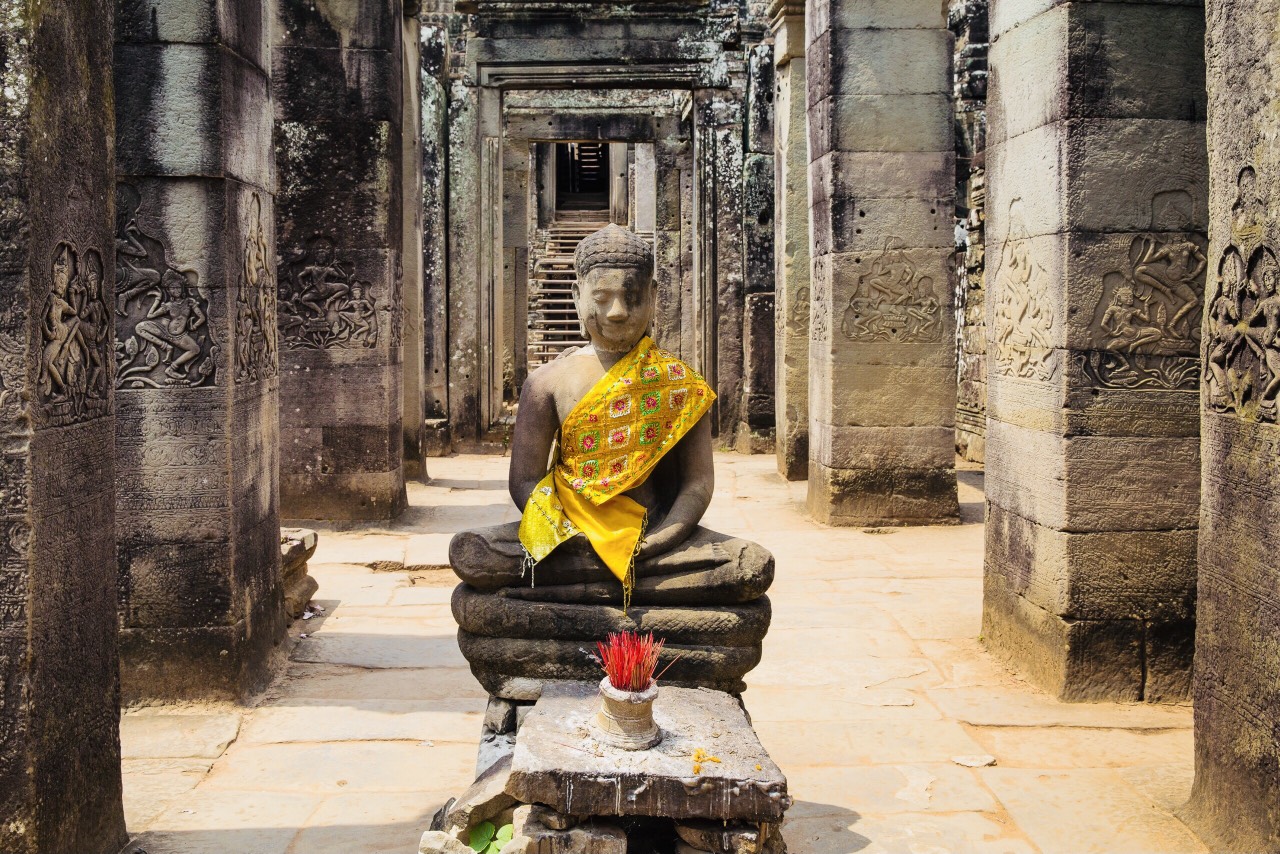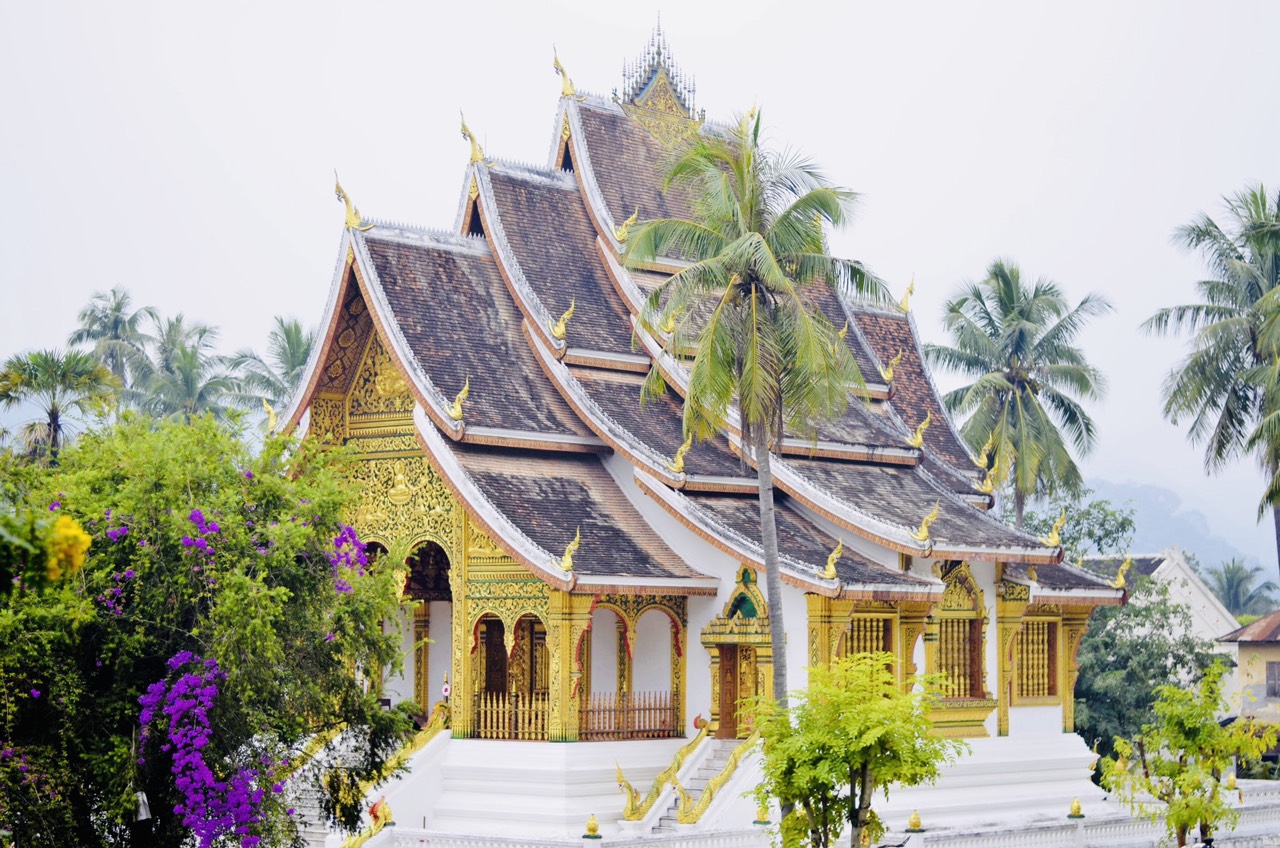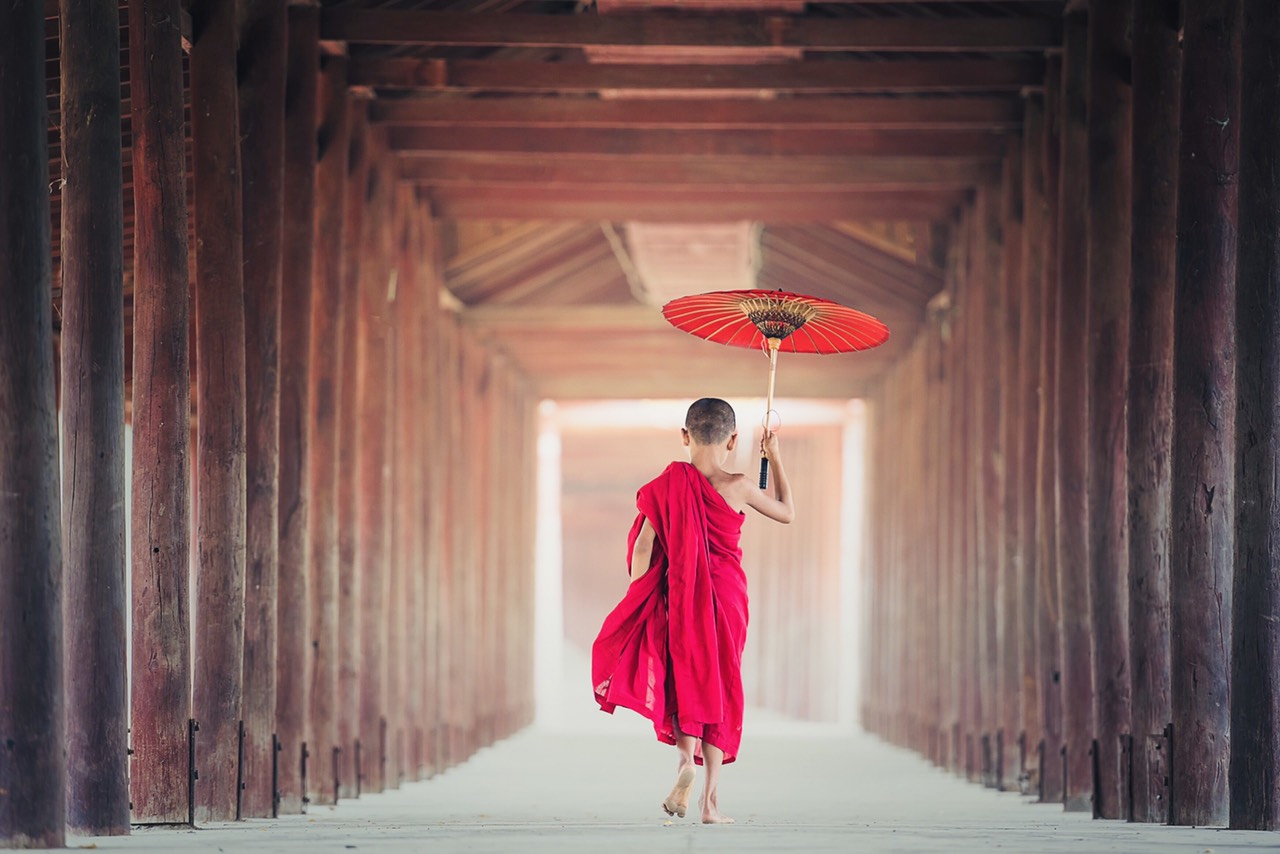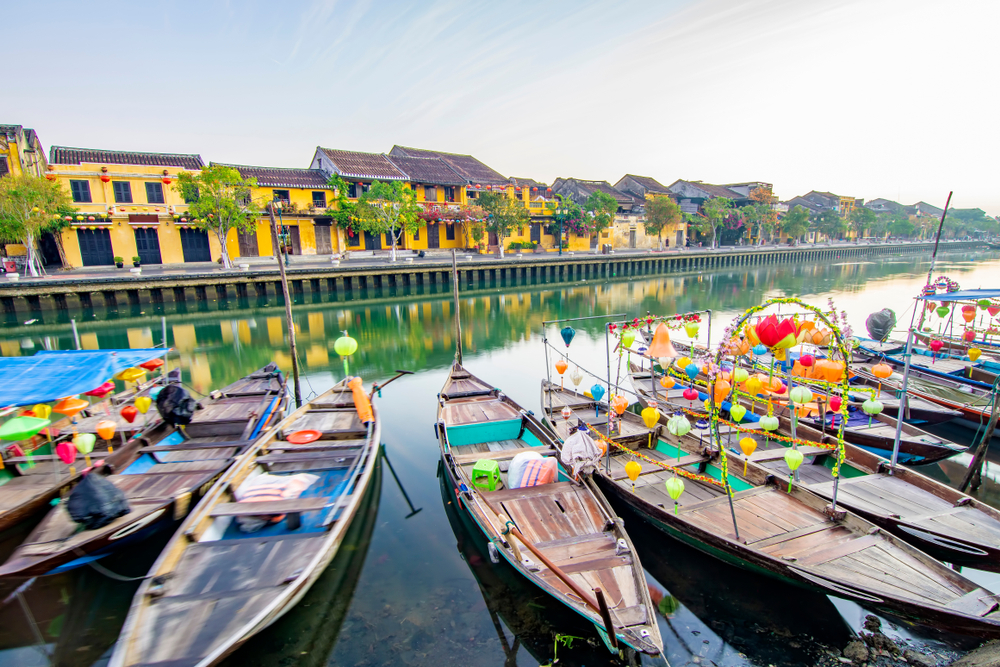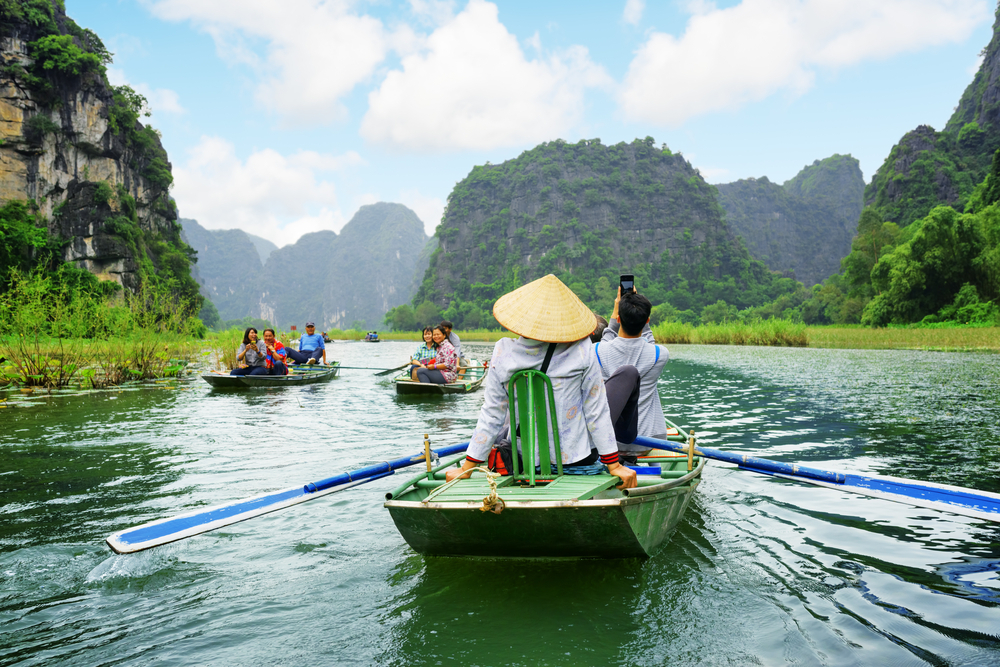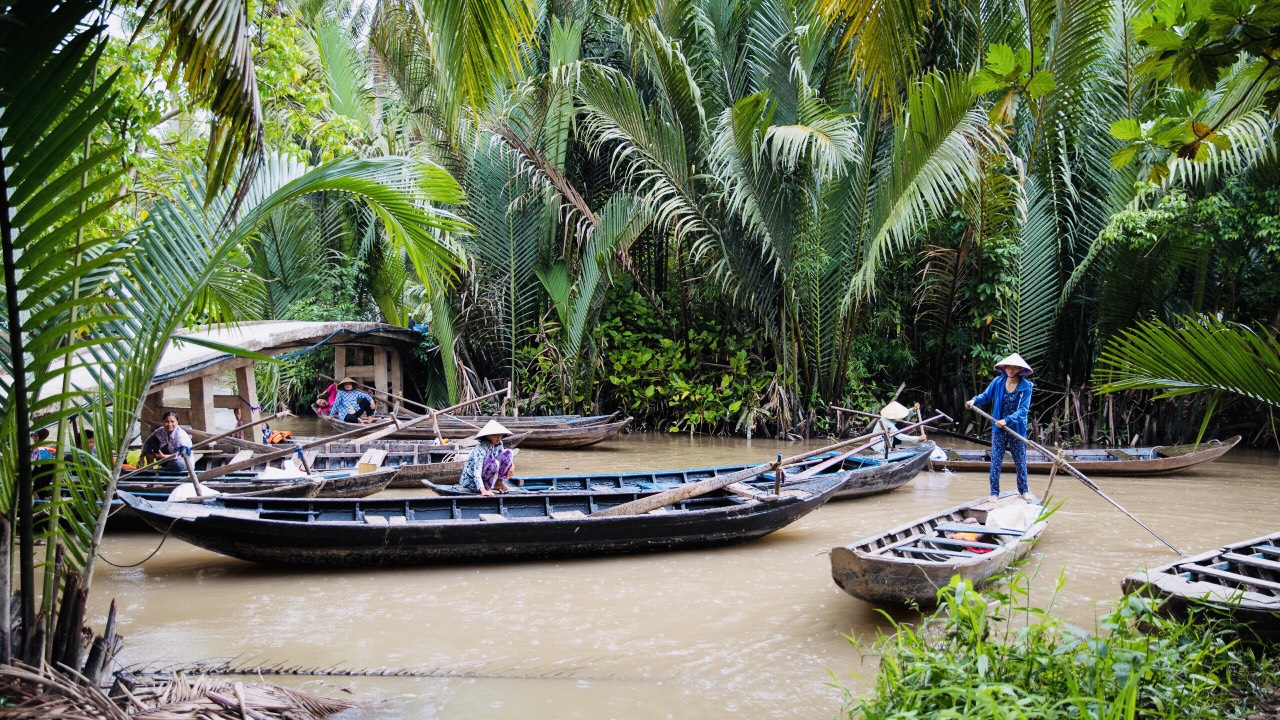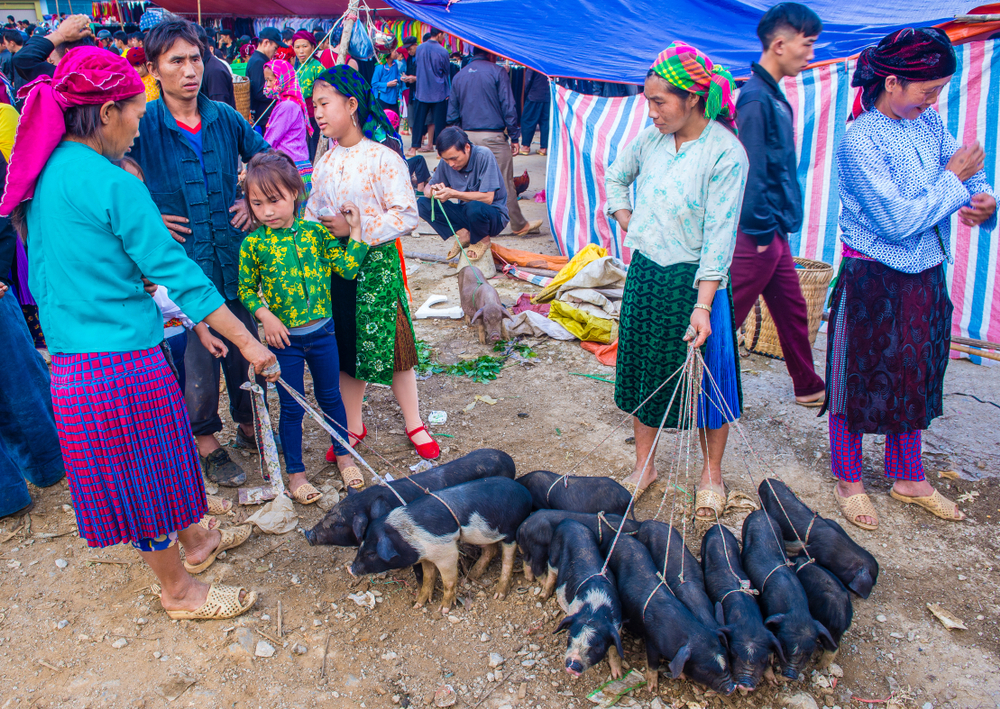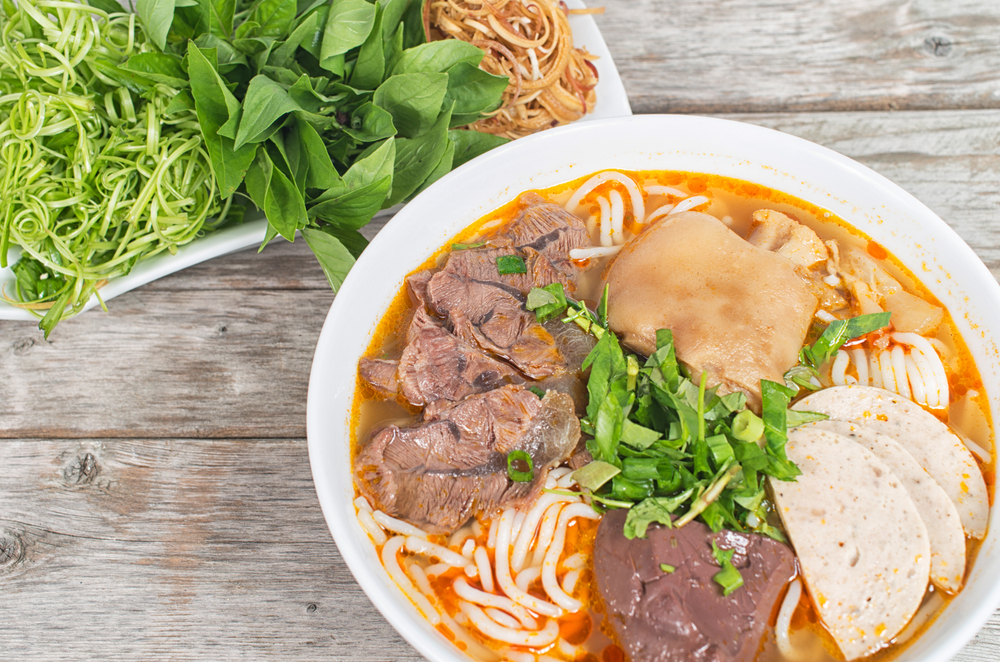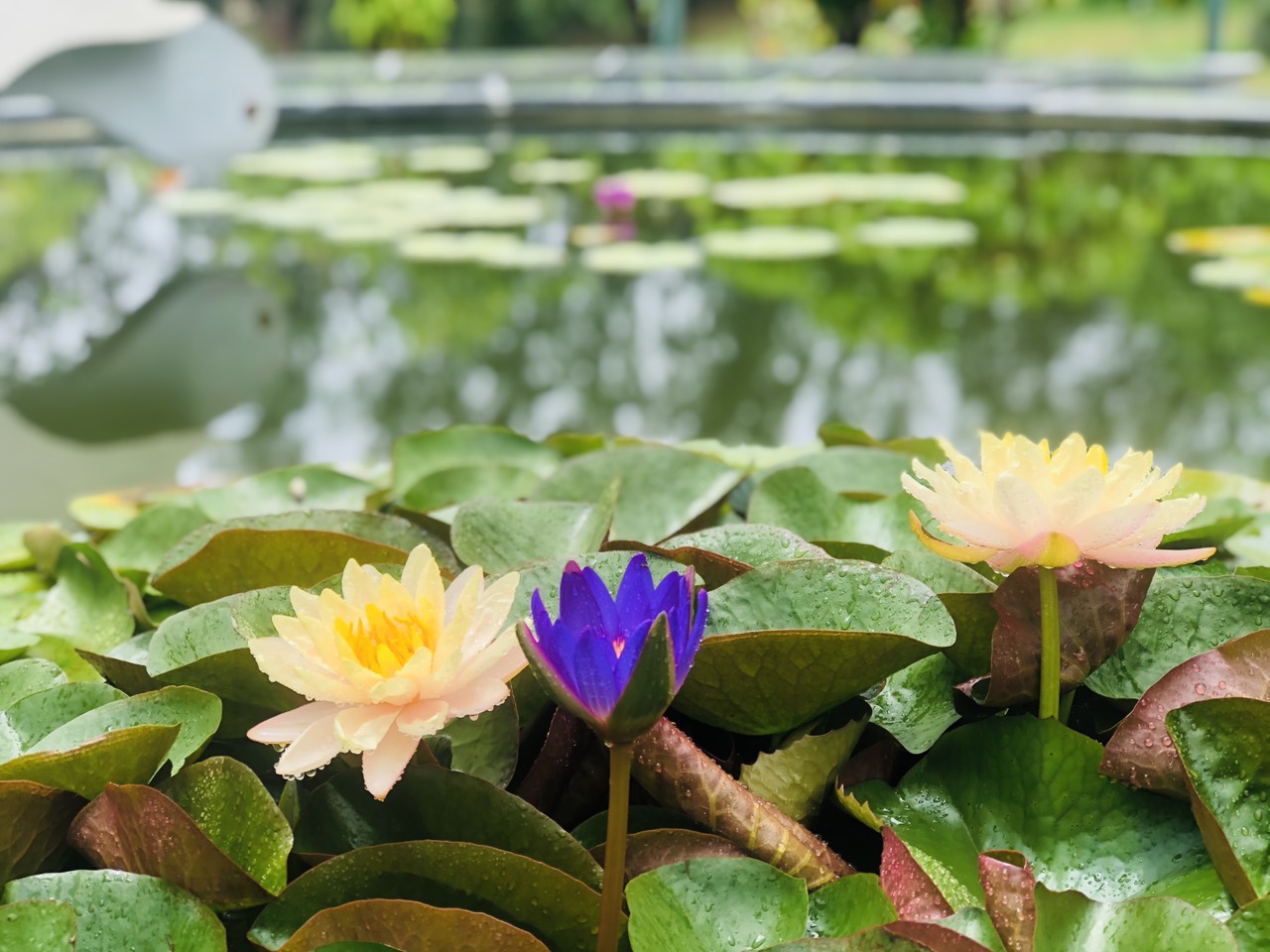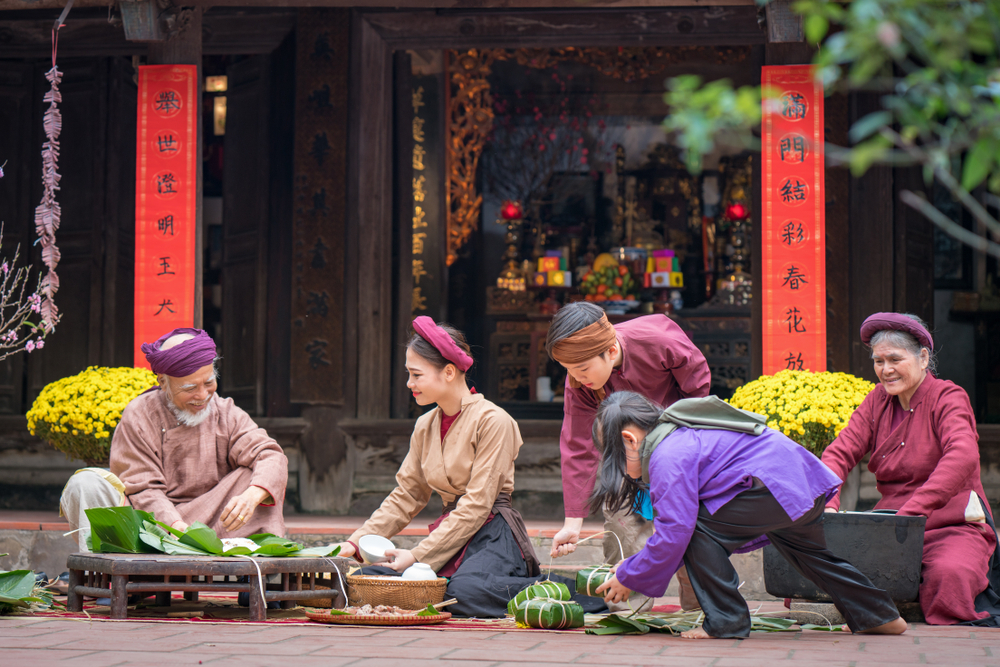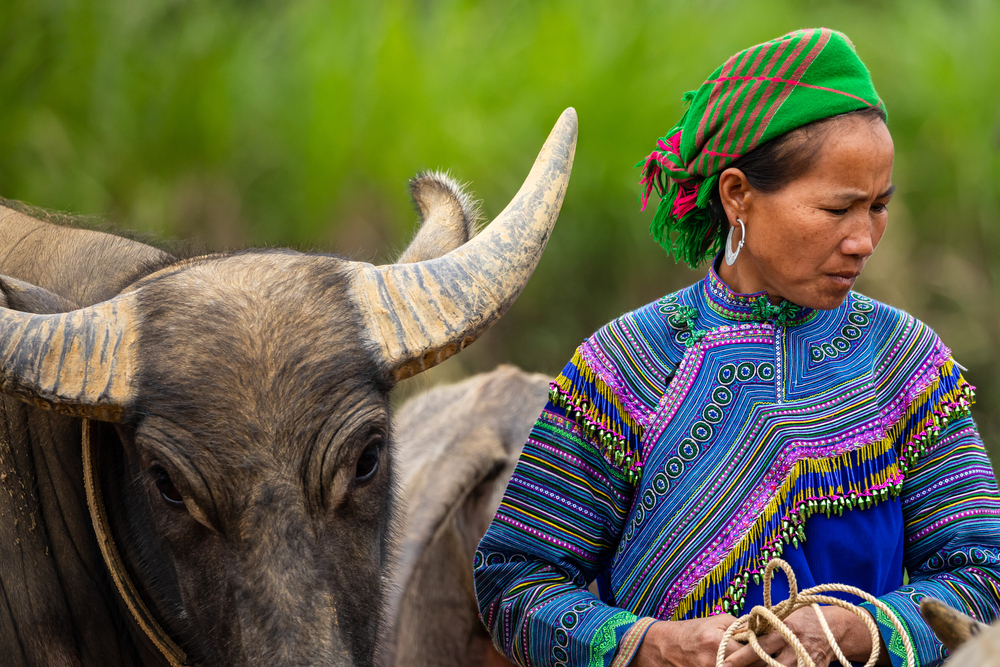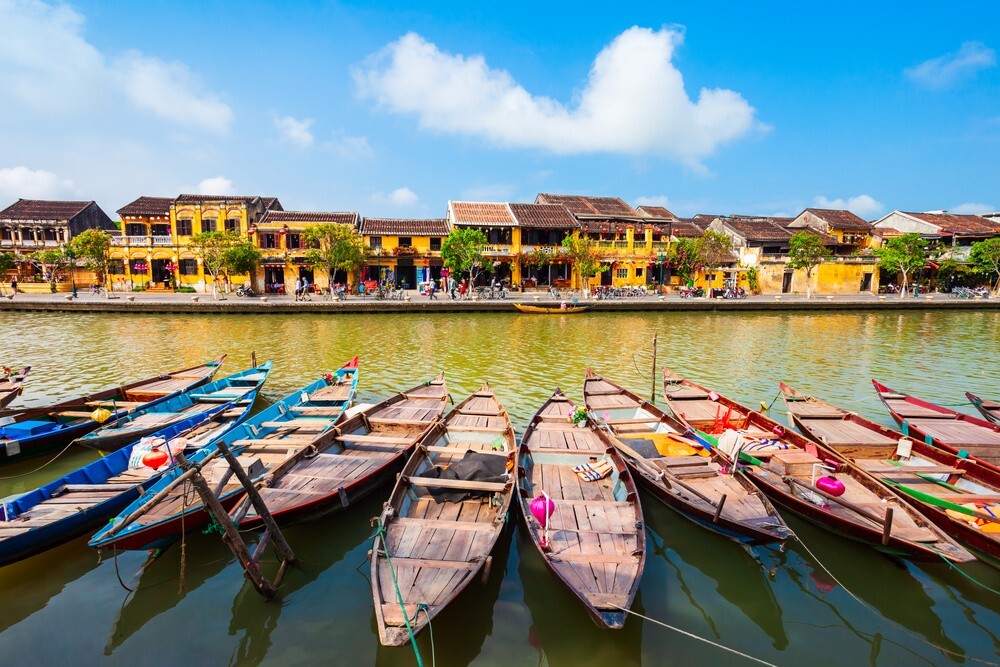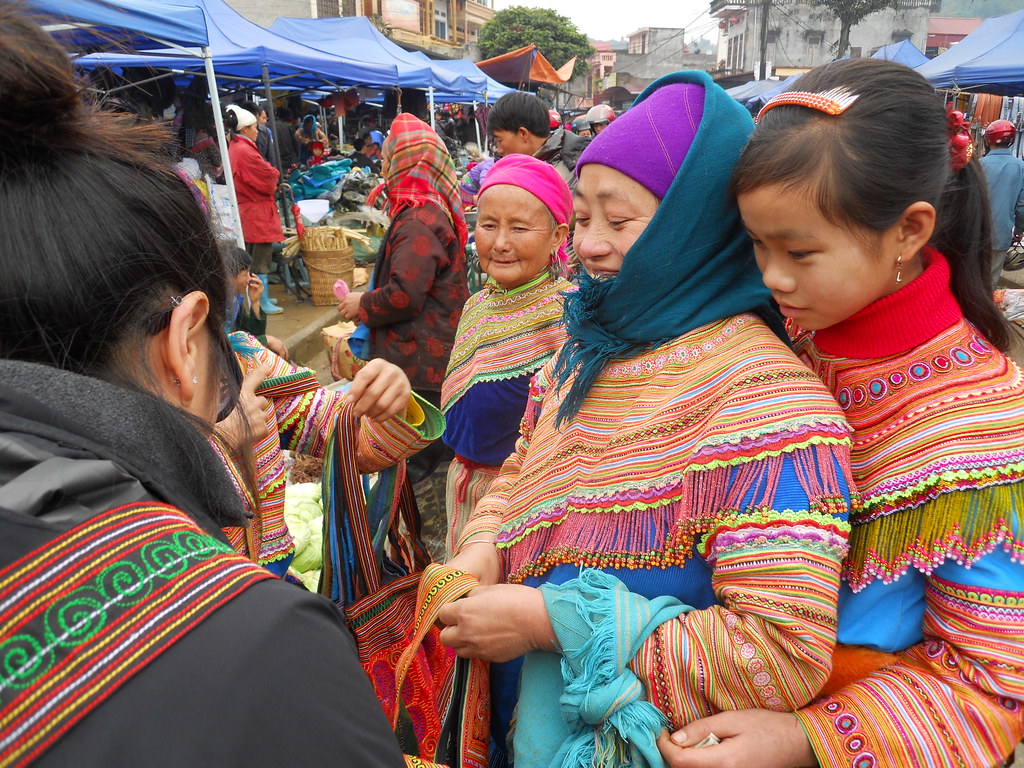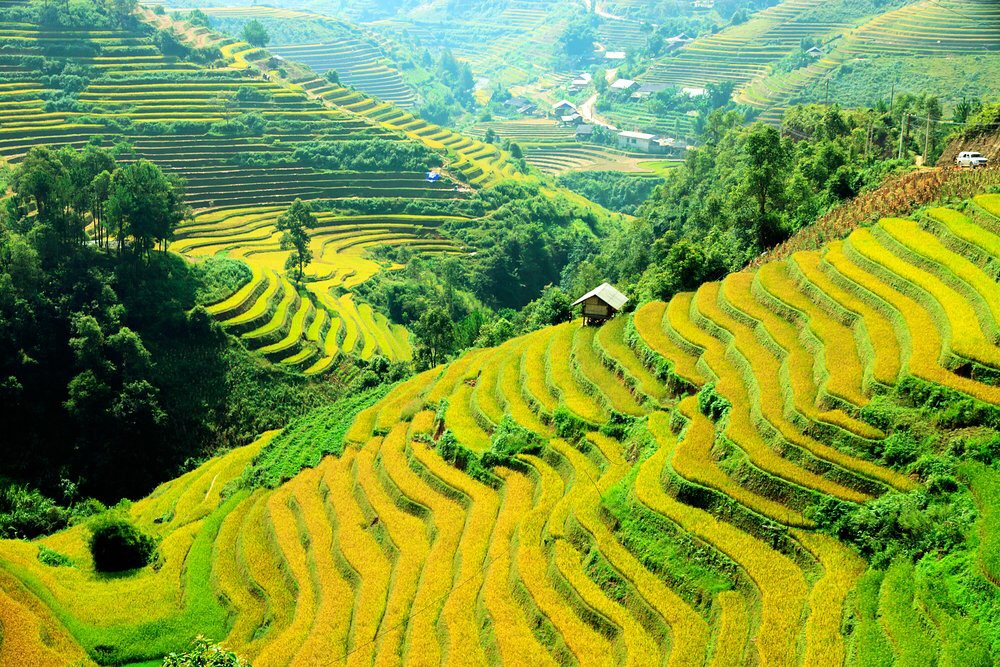
185 km long, the road of happiness (Hanh phúc) connects the city of Hà Giang to the rocky plateau of Dông Van. The road starts behind the “Gate of Heaven” of Quang Ba in Ha Giang and ends in the city of Meo Vac. It is now one of the most beautiful roads in Asia with spectacular scenery on both sides.
It used to be a bumpy path for minorities and pack horses.
Built with the efforts of thousands of young volunteers and locals, this road now allows a more prosperous life for the ethnic groups of Hà Giang province. To facilitate the life of the mountain people in the karst plateau region, the Vietnamese government decided to build a road linking the city of Hà Giang to the four districts of the province: Quan Ba, Yên Minh, Dông Van and Meo Vac.
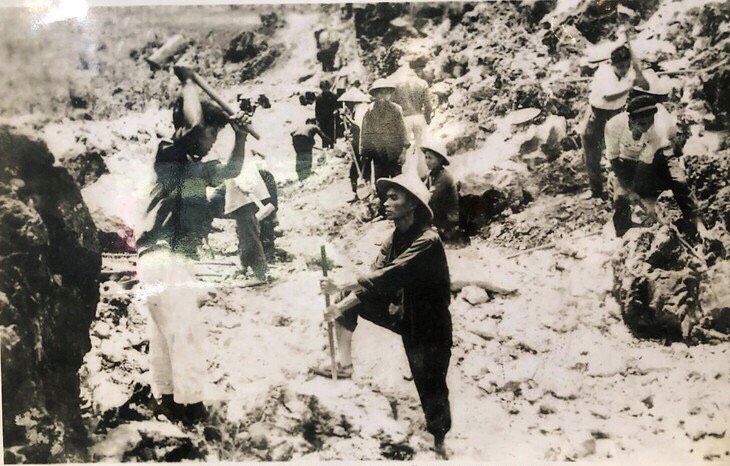
A thousand “volunteers” from Hai Duong and Nam Dinh as well as 1,200 inhabitants of six other localities (Cao Bang, Bac Can, Lang Son, Thai Nguyên, Hà Giang, Tuyên Quang) were mobilized for this project.
The work was officially launched in September 1959.
During the 5 years of construction, the workers of the 16 mountainous ethnic groups dug and moved no less than 3 million m3 of rock with very rudimentary working tools, including only a hammer and a crowbar.The section of the Ma Pi Lèng pass (horse nose pass) from Dông Van to Mèo Vac, 21 km, above the Tu San canyon, the deepest canyon in Vietnam where the Nho Que river flows, was the most difficult. On this part, the workers spent nearly 2 years in hard work.
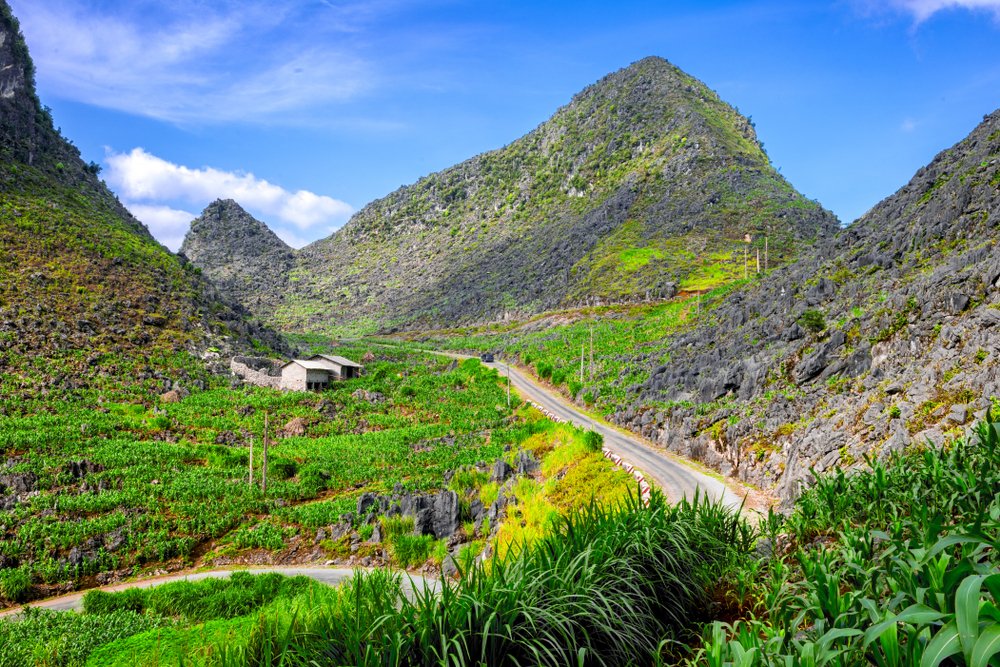
To build this legendary section, a group of 17 of the most talented workers was formed, who prepared the site for eleven months.
Nicknamed “the group of sacrifice”, they were motivated and aware of the permanent danger of the construction site.
Every morning the members of this group attended a ceremony of salute to the flag and a commemoration for the living before climbing the cliff…
They were suspended at more than 1.600 m, in the void, to create or widen with dynamite the path of 1 to 1,2 m in order to allow the access to the extension works of the road. This way would be according to some one of the axes of entry of the first Meo (Hmong) when they arrived from China.
The difficulties encountered were numerous; it was necessary to work in very precarious conditions sometimes without water and at very low temperatures in winter.
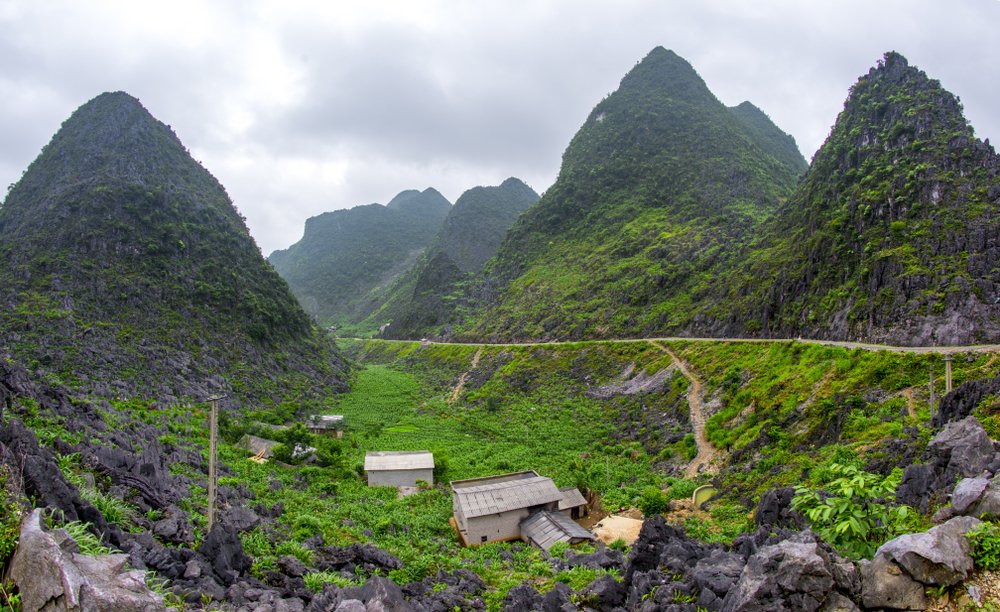 Here, 14 volunteers have sacrificed their lives to give birth to this “happiness road”.
Here, 14 volunteers have sacrificed their lives to give birth to this “happiness road”.
Made of many curves, steep, cut in the cliffs, this road shows the strength, the determination of the man in front of the elements. It is this unique road that contributed to the socio-economic development of the ethnic populations of the Dông Van high plateau, to the improvement of their living conditions.
It was named “happiness road” by President Ho Chi Minh in 1961, it allowed the communication between the locals, facilitated the transfer of goods between cities and villages of remote districts. This incredible road winding between the clouds, the sky and the karst forest has become a legend.
Tu San Canyon and Nho Que River
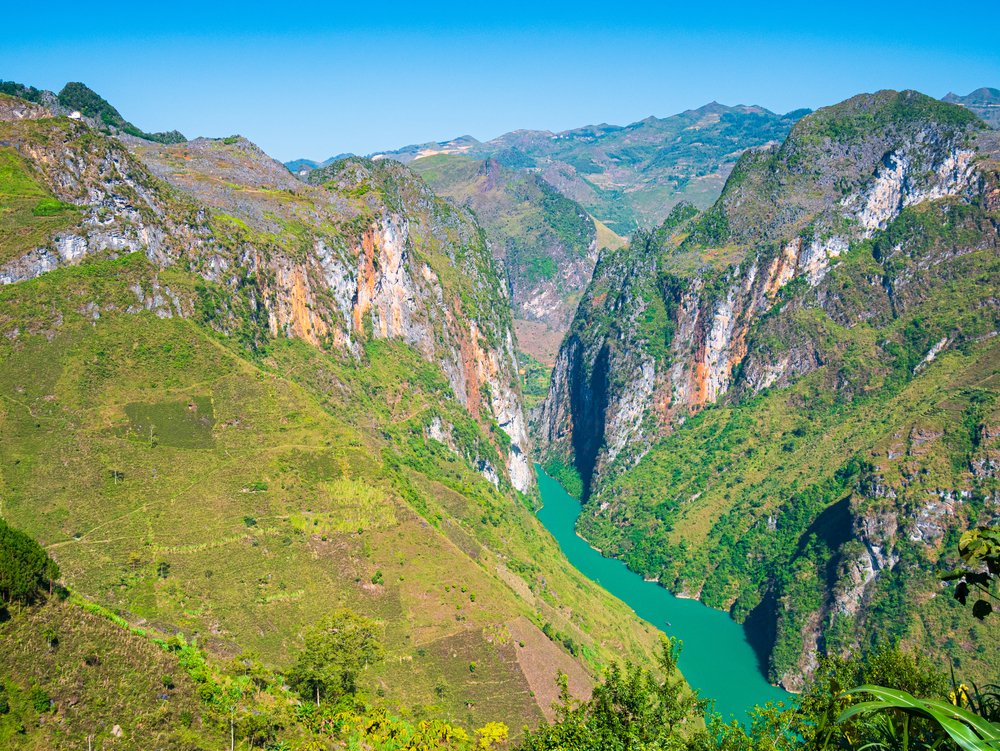
It is the deepest canyon in Vietnam, more than 800 meters at the top of the Ma Pi Leng pass with 70 to 90 degree slopes – and at the bottom, flows the Nho Que river!
This river takes its source in the mountains of Nghiem Son – Yunnan (China) and flows in the direction of North-West – South-East towards Vietnam. Today a portion is navigable for the pleasure of tourists…
Pai Lung (white dragon)
A succession of hairpin bends at 1400 m altitude at the exit of the Ma Pi Leng pass, near Mèo Vac.
It is here that was erected in 2017, at the top of the slope, the monument in tribute to the 14 young volunteers and ethnic minorities who built, more than 60 years ago, the road to happiness.
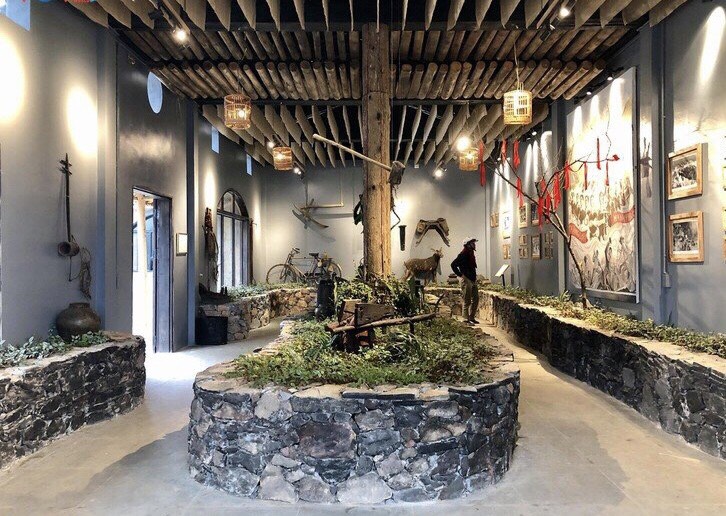
In 2019, a small museum was opened there, where you can really appreciate the magnitude of the tasks of these brave men, the few means they had and their total commitment. On display are rudimentary tools, wooden wheelbarrows, hoes, hammers, ropes and fiber bags, etc.
Ma Pi Leng
One of the highest and most dangerous passes in Vietnam.
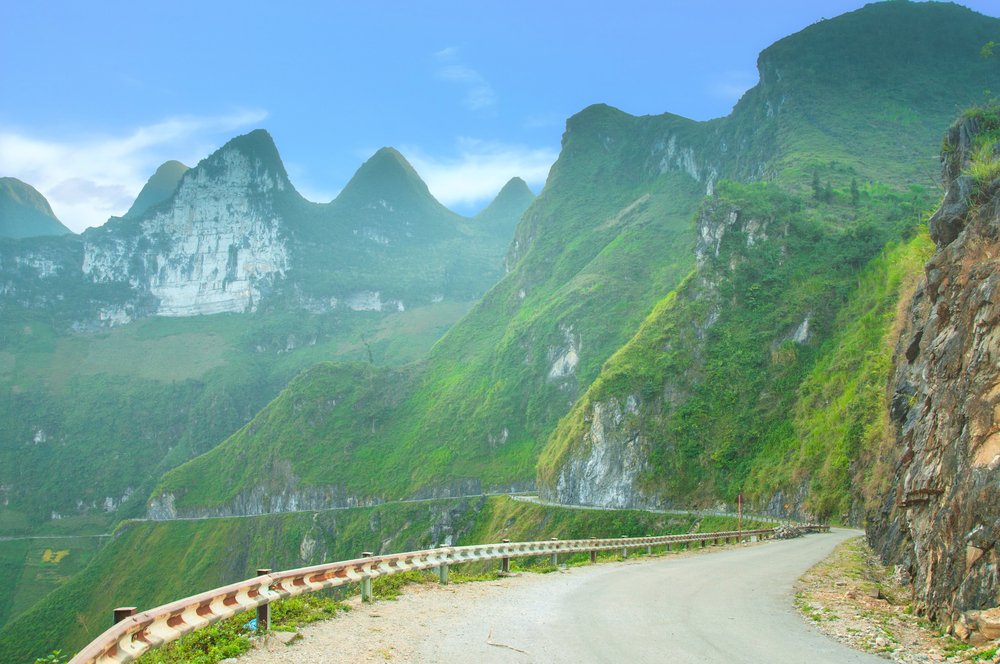
Its name would come from the fact that before the construction of the road the paths were only practicable by men on foot and their pack horses, small horses “Ngua Noi” endemic race of Vietnam.
The mountain Cô Tiên – mountain of the fairy – known as “white cliffs
Long ago in the land of Meo Vac, there was a very high and majestic mountain, which the clouds covered all year round, leaving only the inaccessible cliffs rising to the sky. The top of the mountain is the residence of an extremely beautiful and kind fairy, she has white skin like the clouds, pink lips like newly bloomed peach blossoms.
Every day, she often sits on the top of the mountain looking at the Nho Que River and sings for the people.
Thanks to her protection, the people here have a peaceful life with favorable rain and wind and good crops.
For her, the H’mong people named the mountain: Cô Tiên (which means mountain of the fairy).
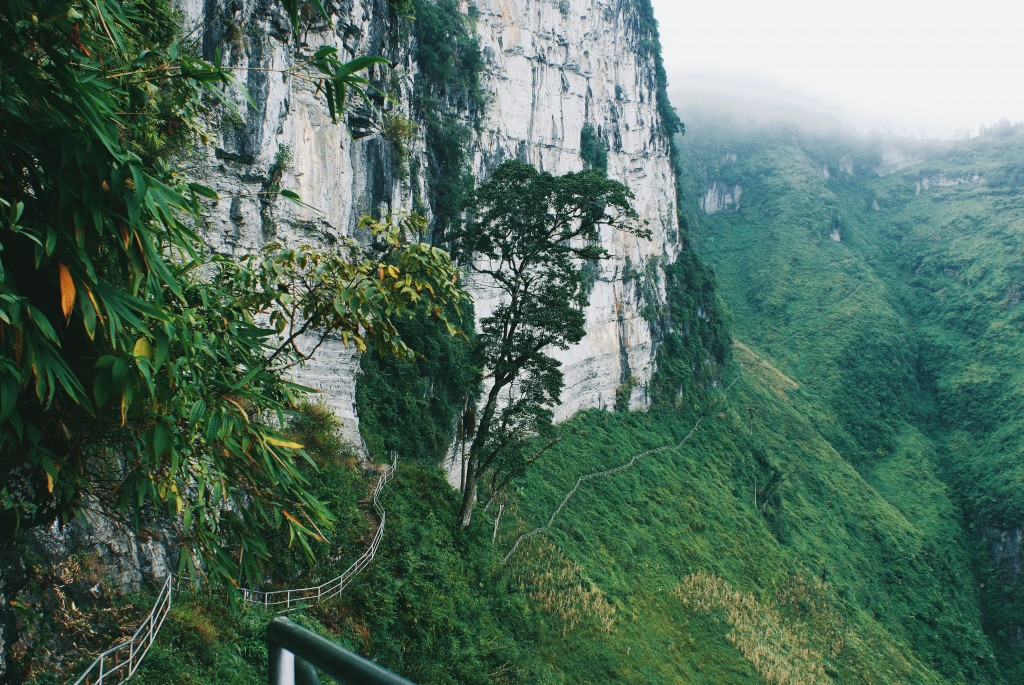
People here say, this white cliff is very sacred, on the occasion of Lunar New Year, people often come to hold a ceremony to show their gratitude to the white cliff as well as to the fairy and pray for a happy life.
In the middle of the highest cliff of the Cô Tiên mountain, there is an extremely rare medicinal plant, which not only cures all diseases but also helps people to live a hundred years.
There was a couple who lived very happily, but, the wife had an incurable disease, the husband who loved his wife very much did not accept the imminent loss of his beloved.
He then decided to defy the danger to climb the high rocky cliff of the Cô Tiên mountain to gather the precious medicinal plant to cure his wife.
He took hundreds of wooden stakes and ropes to climb the cliff.
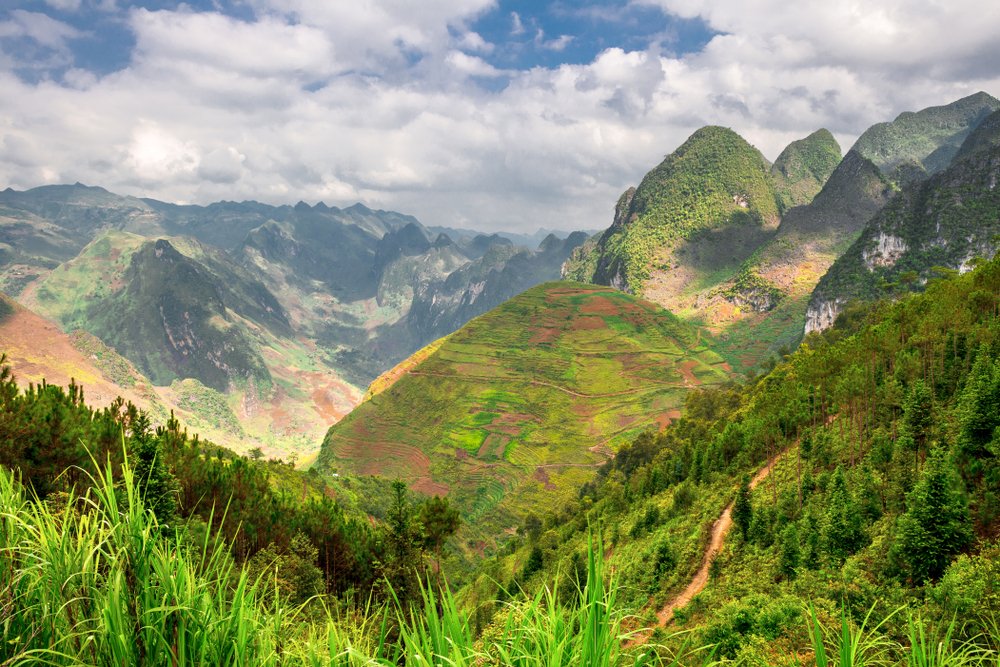
Climbing and climbing, the husband finally reached the precious medicinal plant, the husband saved his wife.
However, strangely enough, when he came back down, the poles disappeared, erasing the access path.
Since then, no one else has been able to climb the cliff and find the precious medicinal plant.
The fairies also spread water drops or “fairy tears” and although they do not find the precious medicinal plants, those who pass by and catch the water drops will always be healthy and lucky.
The H’mong people of the region still consider the white cliffs as a sacred place, a place of gods.
You might also like:
